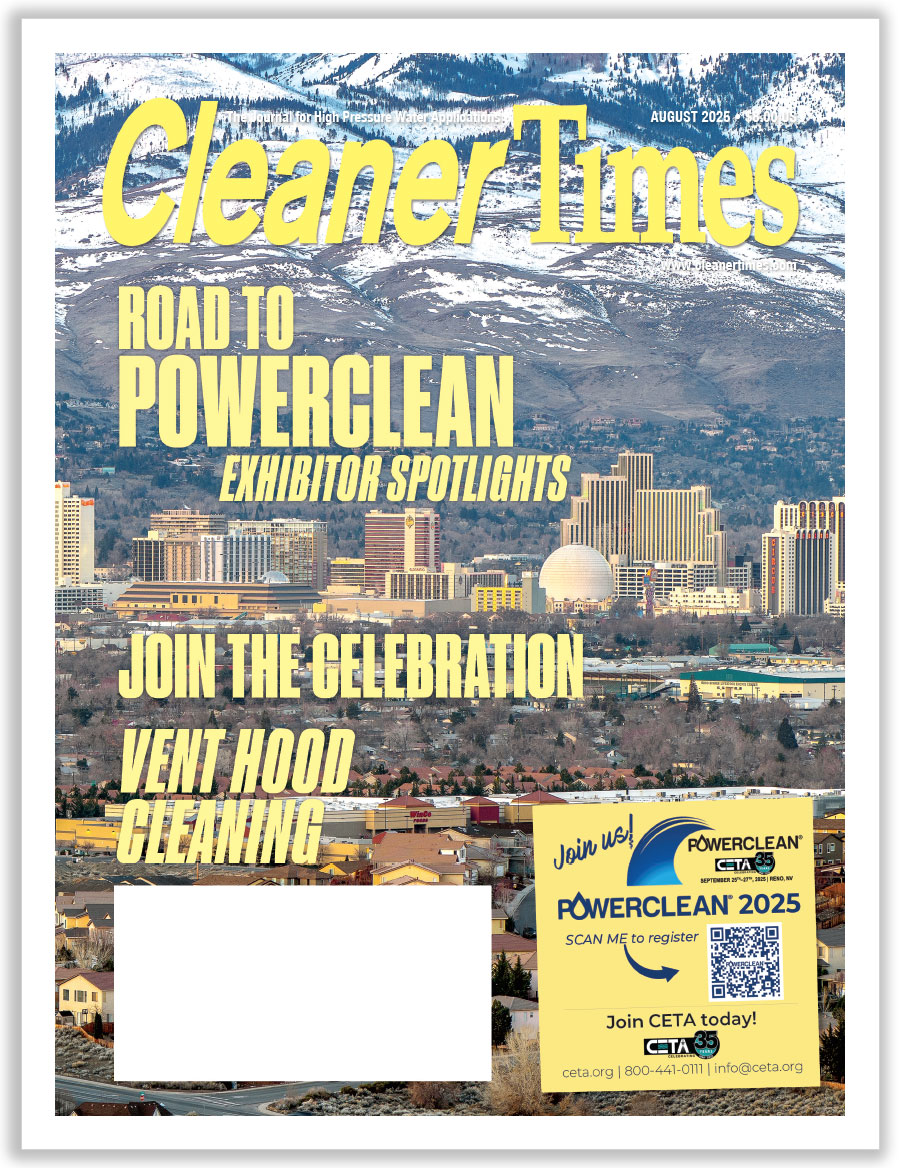
CETA Edge
CETA Celebrating 30 Years
By Diane M. Calabrese / Published July 2020
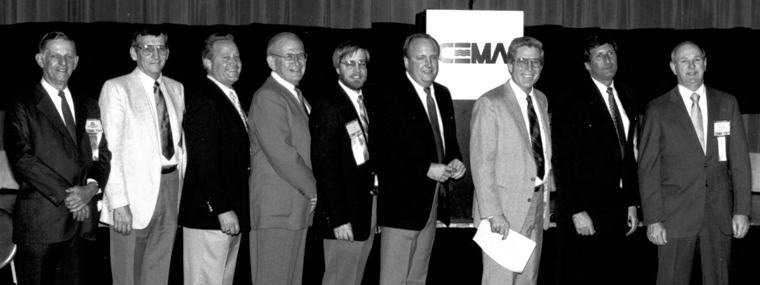
Wisdom gained through experience. That is the meaning many see in a pearl, the traditional symbol for a 30-year anniversary. What a great fit for the Cleaning Equipment Trade Association (CETA), which got its official start in 1990.
[Note: See the September 2010 issue of Cleaner Times, which includes a reprint of a November 1990 article by Erin McCarthy Taylor, for a detailed account of the origin of CETA, including the root that extends to CEMA, the Cleaning Equipment Manufacturers Association, and the link to APD (Associated Pressure Washer Distributors).]
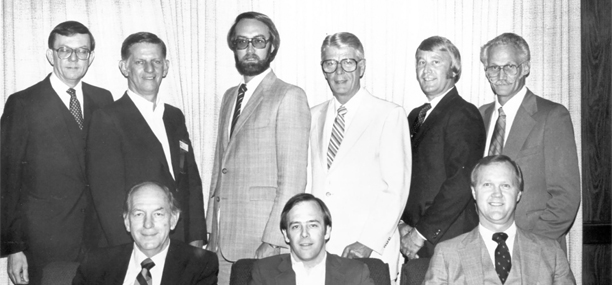
Photos courtesy of CETA. CEMA was a forerunner organization to CETA.
The breadth and depth of CETA begins with the people. The members of CETA are engaged and enthusiastic. “The CETA organization has created so many great opportunities for Mi-T-M and me personally,” says Karl Loeffelholz, the dealer division manager at Mi-T-M based in Peosta, IA. “The annual trade show has transformed some of the greatest partnerships and long-lasting relationships anyone could truly ask for in business.
“Anytime you can get people from the same industry together working toward a goal and achieving it over a period of time, it is very satisfying,” continues Loeffelholz. “What a great industry.”
Alkota Cleaning Systems Inc. in Alcester, SD, became part of CETA when the association formed and was also with CEMA at its formation, says Gary Scott, CEO at the company. He explains manufacturers welcomed the opportunity to join forces with distributors when the groups affiliated.

Left: Mi-T-M exhibits at PowerClean 2010. Right: CETA celebrates 20 years at PowerClean 2010 in Charleston, SC.
“The most important part of CETA is the education that we bring to members,” says Scott. “Through speakers and roundtables at PowerClean and regional meetings, we have given our members a place to learn about every phase of their business.”
The strength of CETA derives from the service its members provide as volunteers. “Members help drive the organization forward and make it valuable,” says Scott, who has served on the board.
Even a volunteer organization must have an executive branch to carry out the wishes of members and the board, explains Scott. “I would like to say we have two great people to serve, our executive director Debbie Murray and finance officer Tracy Wagoner.”
Scott says that his participation in CETA has led to many opportunities. “I have met many great people whom I might not have enjoyed the privilege of interacting with…Believe me, the work and time I have put in on the board and in committees, although I think substantial, has been very enjoyable and more than compensated for by the friendships I made.”
For Gus Alexander, CEO of FNA Group in Pleasant Prairie, WI, CETA began at a perfect time. “When I started my business in 1988, I felt it was very important to become associated with the other manufacturers in the business,” he explains. “Aligning our company with the organization that not only promoted industry growth but understood the value of setting standards for the products we sold was a key factor in my decision to join.”
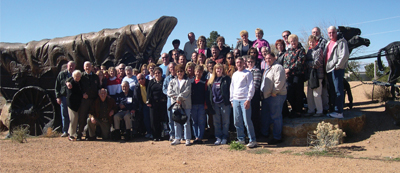
Group outing in Albuquerque, NM 2004.
Across the years, explains Alexander, he has welcomed the way CETA grew to attain “full representation of the value chain”—something that’s important to manufacturers. “Suppliers of great products need partners to support the products after sale with qualified service and training. Additionally, the distributors provide the manufacturers with meaningful end-user feedback and ideas from the market. Those ideas help develop new products and innovative designs.”
The reinvigorating dimensions of meeting with colleagues to discuss trends and issues and to just have a bit of camaraderie are important, says Alexander. Yet, above all, he says he appreciates the work CETA has accomplished in setting industry standards for performance.
“By codifying industry standards, the CETA Certified logo is recognized as an important and meaningful image on the products being offered into the markets,” says Alexander. He notes the standards initiative has raised the visibility of CETA and correspondingly generated interest in membership from large corporations.
Alexander also cites the significant work of the technical committee and the importance of the engineering and executive resources deployed to it, especially in the recent push to “assist in the ratification of the new UL standards.” The effort demonstrated CETA “has the impetus, the expertise, and the ability to work together to make our industry better, safer, and sustainable for the next generation.”
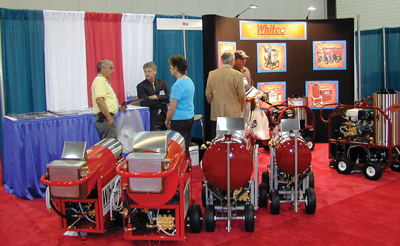
Whitco Cleaning Systems on tradeshow floor in 2005.
Getting it Right
Jimmy Welch, who is with American Pressure Inc. in Robbinsdale, MN, is the current chair of the technical committee. He explains the companies for which he has worked have long been drawn to CETA—and CEMA before it—because of the emphasis on safety standards.
“When UL 1776 was published in 1992, many manufacturers did not understand the requirements or the reasons why they were included in the standard,” says Welch. He had a different and unique vantage—thanks to the opportunity he had in 1990 to work directly with both the CSA [Canadian Standards Association] and UL [Underwriters Laboratory] on their development of a pre-standard.
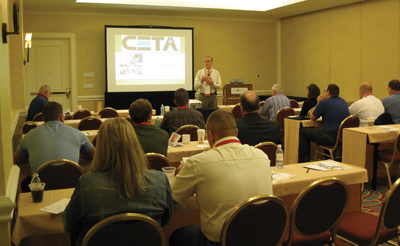
Marlo Dean leads a course on “Avoiding Litigation Landmines” at PowerClean 2012.
During the development phase, Welch was able to ask “why” and hear the response directly from those doing product testing. His tie to the standard-development process informed product design at the company for which he then worked. “This allowed us to design the product to meet the upcoming standard,” says Welch.
CETA member companies have long been generous about allowing their employees to participate in efforts to reach exacting and universal standards, says Welch. In 2004, for example, many member companies contributed their personnel to the effort to transition to UL 60335-2-79 (from UL 1776). (Transition will be complete on March 1, 2021.)
“Working together for the betterment of our industry has contributed greatly to our industry’s growth as well as made many contributions to the technical matters, including the new UL 60335-2-79, CPC100 Performance Standard, Prop 65 Worksheets, and now COVID-19 response,” says Welch. “CETA is always working to keep the industry informed.”
Layer upon layer of engagement is a beautiful thing. In fact, it’s difficult to sort through the changes at CETA, says Charles Tibboles, product manager at R.W. Beckett Corporation in Elyria, OH. “Our company first became a part of CEMA shortly after it was formed and made the transition to CETA with the association. The company has remained very involved with CETA over the last 30 years and has been active on the board of directors, education foundation, and technical committee.”
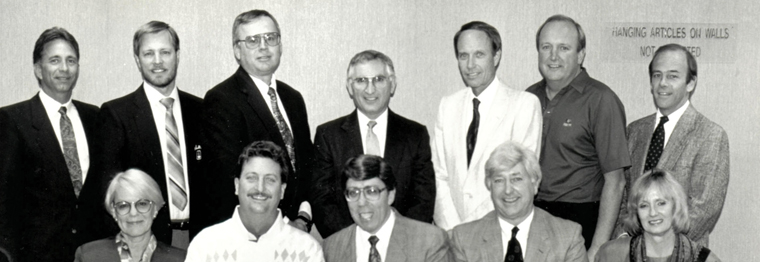
Photo courtesy of CETA. CETA board of directors in 1992 led by President Phil Tersigni.
Tibboles anticipated we could not summarize here the “many changes and different strategies explored by the organization” over the years. “But I will say that it is good to see the next generation actively involved in CETA,” he adds.
Is there a “most important” effort CETA has taken during its history? “This one is much easier for me—this is a matter of perspective, I suppose—but the UL 1776 and the updated version UL 60335-2-79 safety standard is the key,” says Tibboles. “…the education efforts both for our members and for the members’ children via the scholarship program would be a very close second.”
Indeed, the importance of the ongoing work on safety standards gets mentioned again by Brenda Purswell, president of Alklean Industries Inc. in Pasadena, TX. She also sees the benchmarking program as highly important.
When Purswell looks back across the 30 years of CETA, she recalls a beginning mirrored in the unsettled state of the industry, which had a “wild west” atmosphere. She explains that there were manufacturers dedicated to building for safety and quality and others that were looking to build most inexpensively.

Left: CETA welcomes attendees to PowerClean 2004. Right: Royce Rasmussen wins Lifetime Achievement Award in 2005.
Without standards, explains Purswell, it was difficult for buyers to sort out why a less-expensive machine was not the equivalent of a more expensive, high-quality one. Manufacturers formed CEMA to bring logic and cohesiveness to good practices. And APD “was formed to give distributors a voice and to exchange some education and wisdom between distributors.”
In an attempt to gain ground as an industry, the two smaller organizations merged, says Purswell, adding that it’s a little more complicated than that. Yet from a first meeting that was part social and part structural, CETA emerged.
“We agreed to offer education to the members on many things that make distributors better distributors,” says Purswell. Out of that overarching goal would grow certification, the CETA Education Foundation, and the technical committee.

Left: PowerClean 2006 Opening Reception. Middle: Outdoor demonstration at 2008 PowerClean. Right: Golf outing at Wolf Run Golf Club in Reno, NV, during PowerClean 2009.
“CETA also helps with lobbying when laws and regulations affect CETA members,” says Purswell. “Besides all of the above, CETA is a great place to meet and network with the movers and shakers of the cleaning equipment industry.”
How to celebrate 30 years? Purswell recommends joining (if not a member) and contributing.
“There is still much work to be done in a changing world,” says Purswell. “You can join by contacting the CETA office [info@ceta.org], and there are numerous committees that you can serve on that will make you a better business person and put you in contact on a first name basis with other industry leaders. Don’t just ride the wagon, help feed the mules.”
Or, look at this way: What is more beautiful than one pearl? A strand of pearls.

Left: Bonnie Brodsky and Terry Murray meet at 2009 PowerClean. Middle: Cleaner Times’ staff eat out in Las Vegas. Right: The late Jim Palmer performs an outdoor flat surface cleaner demonstration at PowerClean 2008.



